Oil paint is a slow-drying paint consisting of particles of pigment suspended in a drying oil, commonly linseed oil. This innovative medium has become one of the most significant forms in Western art, utilized by countless artists to create masterpieces that continue to captivate audiences today.
The history of oil paint and its development is a rich tapestry woven with the names of pioneering artists, particularly Jan van Eyck, who is often credited with its invention in the early 15th century. So, who truly created oil paint, and what led to its rise as the dominant painting medium for centuries? Let’s uncover this intriguing narrative, explore the evolution of oil painting, and understand its impact on the world of art.
The Genesis of Oil Paint
While Jan van Eyck is often hailed as the "father" of oil painting due to his mastery and popularization of the technique, evidence suggests that oil paint was utilized in various forms prior to his time. Early uses of oil-based paints can be traced back to ancient civilizations, including the Chinese and Greeks. However, it was in Northern Europe during the 15th century that oil painting took on a new significance. Van Eyck’s works not only refined the application of oil paint but also introduced innovative Techniques for layering and glazing, enabling greater depth and realism in his compositions.
Important Figures in Oil Painting History
| Artist | Contribution | Year Active |
|---|---|---|
| Jan van Eyck | Perfected oil painting, introduced detailed realism | Early 15th century |
| Leon Battista Alberti | Art theorist who emphasized the importance of oil paint | Mid-15th century |
| Titian | Expanded oil painting techniques; used color vividly | 16th century |
| Rembrandt | Mastered light and shadow in oil paintings | 17th century |
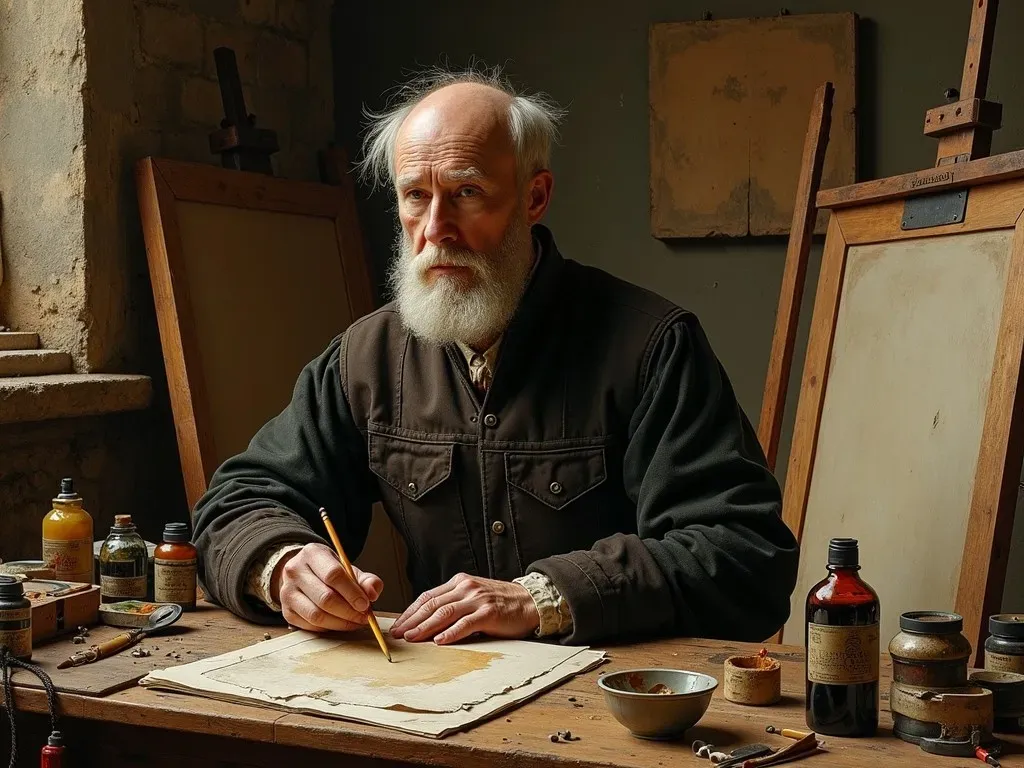
Early Use of Oil Paint
The usage of oils in art dates back even further, with artists using natural oils mixed with pigments to create early forms of paint. During the Middle Ages, artists such as the ones creating altarpieces employed a technique resembling contemporary oil painting, but it wasn’t until van Eyck’s reign that oil paint became prominent. This technique began to evolve into what we recognize today as modern oil painting.
Interestingly, the oil painting technique allowed for unparalleled manipulation of color, light, and texture, which was revolutionary. The ability to blend and create transparent layers made it a superior choice compared to its predecessors like tempera and fresco.
The Oil Paint Composition
Modern oil paint consists of:
- Pigments: Provide the paint’s color.
- Binder: A drying oil like linseed oil, which allows the paint to adhere to surfaces and creates a smooth application.
- Additives: Substances that modify the behavior of the paint, such as driers to speed up its drying time.
Here’s a brief overview of the composition in a table format:
| Component | Function |
|---|---|
| Pigments | Provide color |
| Binder | Allows adhesion and creates a film |
| Additives | Modify consistency and drying time |
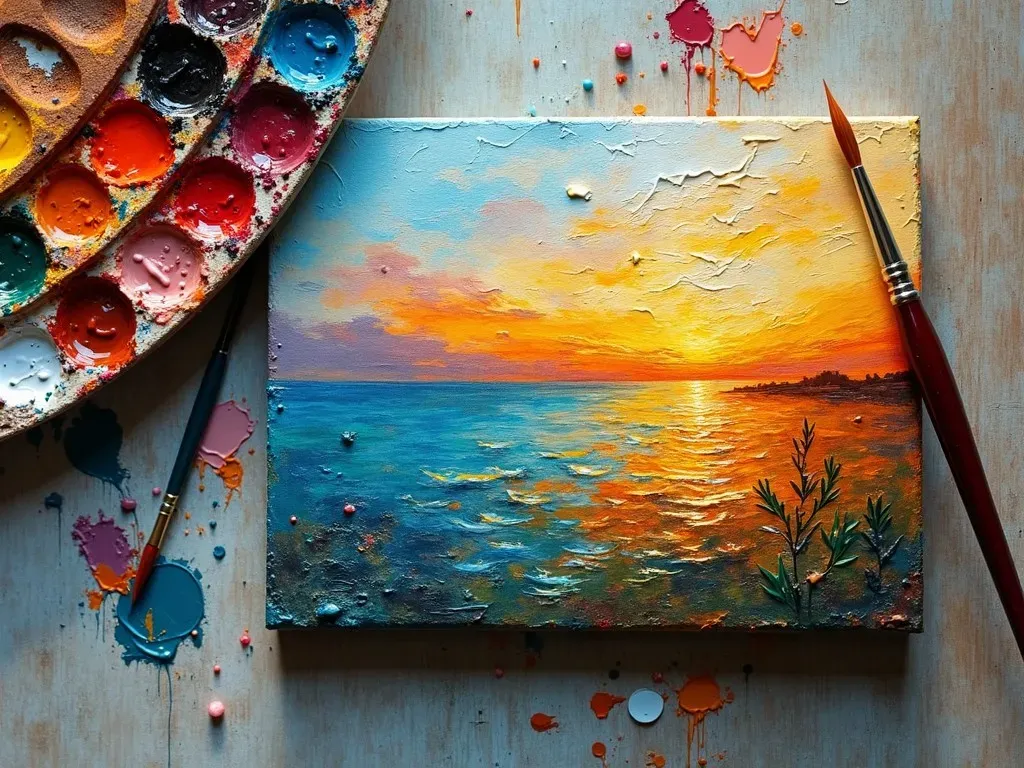
The Renaissance and Oil Painting
As the Renaissance unfolded, oil paint became the favored medium for art. Paintings like the Mona Lisa by Leonardo da Vinci showcased the versatility and depth oil paints provided. The technique allowed artists to explore new ideas of perspective, realism, and human emotion.
- Artistic Impact: The introduction of oil paint enabled a greater range of expression and detail than previous mediums. Artists could layer colors and utilize glazing to achieve lifelike qualities in their portraits and landscapes.
Who Were the Pioneering Masters?
Jan van Eyck is considered the first true master of oil painting, employing innovative techniques that would influence countless artists. He produced works like the "Arnolfini Portrait," showcasing his skill in capturing light and texture. Other notable figures during the Renaissance period include:
- Leonardo da Vinci: Expanded on the glazing techniques pioneered by van Eyck, creating depth and realism.
- Titian: Revolutionized color use and texture.
- Caravaggio: Used oil paint for dramatic light and dark contrasts, further advancing the emotional power of his works.
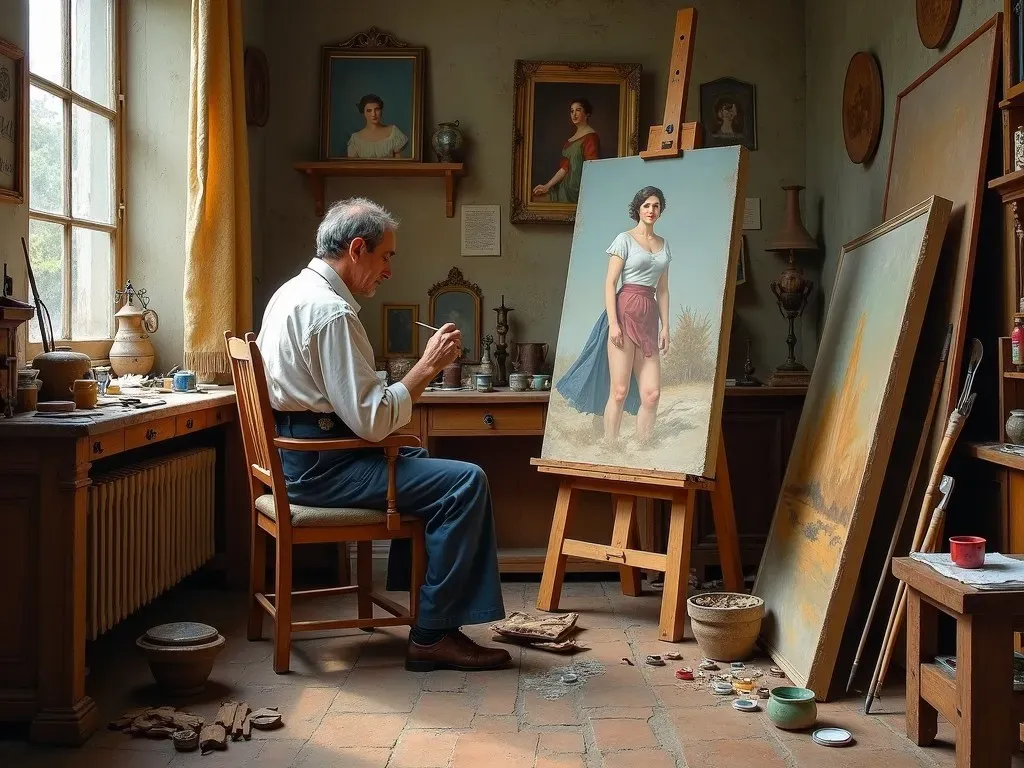
The Evolution of Oil Paint
The development of oil paint continued well beyond the Renaissance. As artists experimented with different formulations, new types of oil paints, such as those in tubes, became widespread, enhancing accessibility. John G. Rand invented the oil paint tube in 1814, allowing for ease of transport and application.
As oil paint technology advanced, the binders were refined, and synthetic pigments were introduced, which transformed the palette available to artists worldwide. Today’s oil paint offerings feature a vast array of colors and consistencies, accommodating diverse styles and preferences.
Comparison between Early and Modern Oil Paint
| Aspect | Early Oil Paint | Modern Oil Paint |
|---|---|---|
| Composition | Natural pigments and oils | Synthetic pigments and refined oils |
| Packaging | Hand-mixed and served from jars | Convenient tubes in multiple colors |
| Application Techniques | Layering and glazing developed over time | A variety of techniques, including impasto, glazing |
| Accessibility | Limited to skilled artisans | Widely available to both professionals and amateurs |
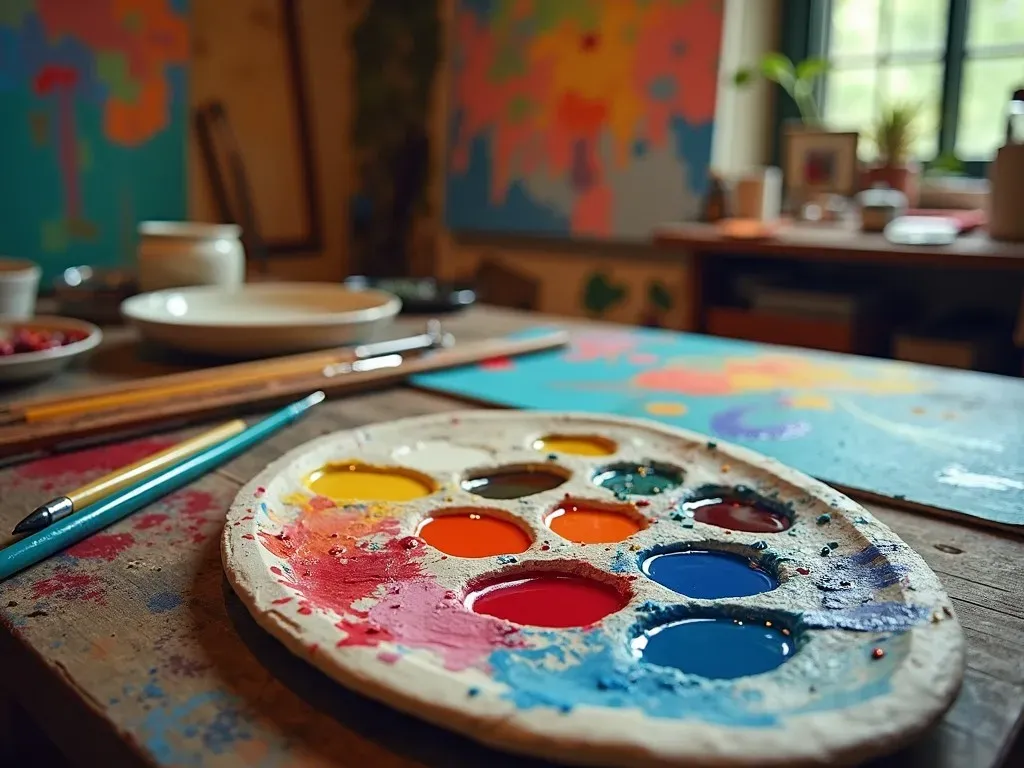
Frequently Asked Questions (FAQ)
Who created oil paint?
Jan van Eyck is credited with perfecting the oil painting technique in the early 15th century.
When was oil painting invented?
The widespread use of oil painting began in the early 15th century, around 1420.
What is the definition of oil paint?
Oil paint is a type of paint that consists of pigment particles suspended in a drying oil, typically linseed oil.
What materials are used in oil paintings?
Oil paintings are made from pigments, a binder (drying oil), and various additives to modify the paint’s behavior.
How has oil painting evolved over time?
Oil painting has evolved from its early formulations to include modern synthetic pigments and convenient packaging, making it accessible to a broader range of artists.
For detailed information on the subject of oil painting and its history, visit Britannica’s article on Oil Painting.
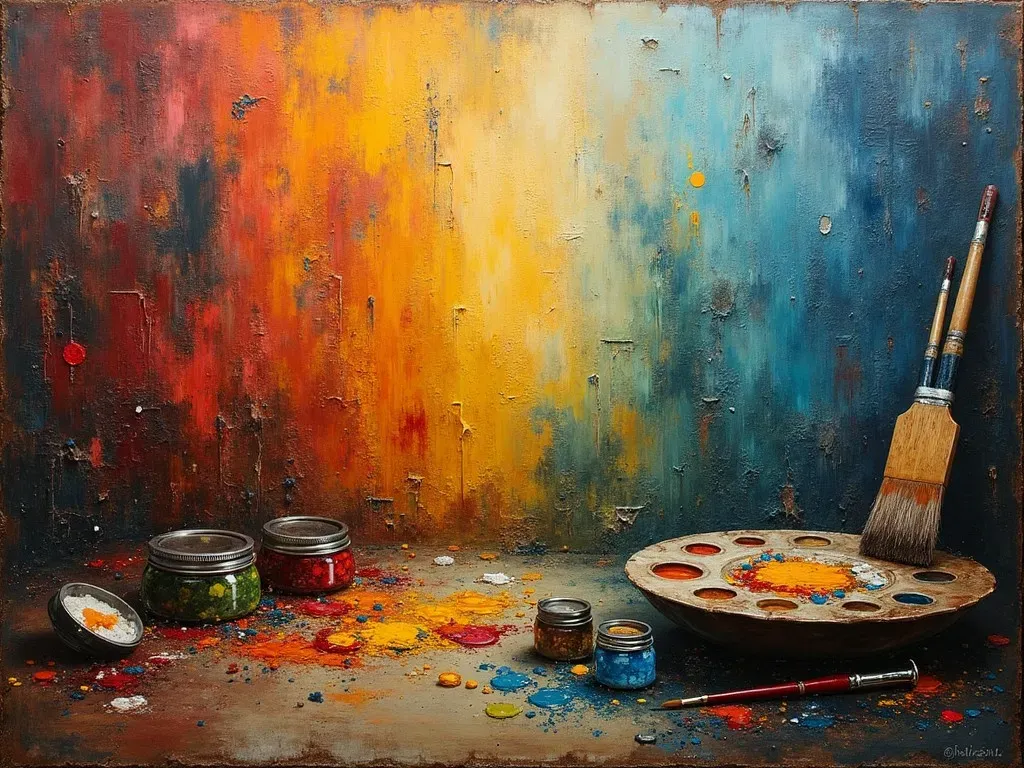
Through this exploration, one can appreciate the profound impact of oil paint on the trajectory of artistic expression and its continued influence on contemporary art practices. The legacy of innovators like Jan van Eyck remains an integral part of the history of art, ensuring oil painting retains its status as a timeless medium.
